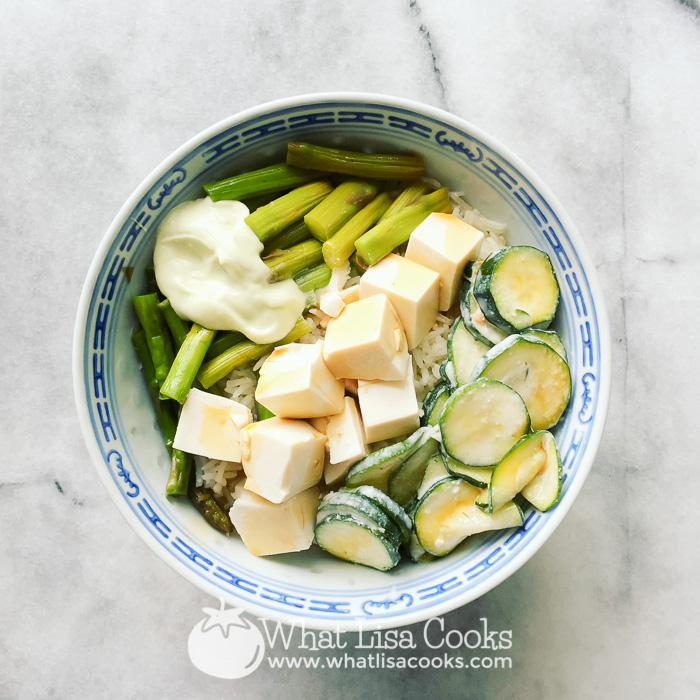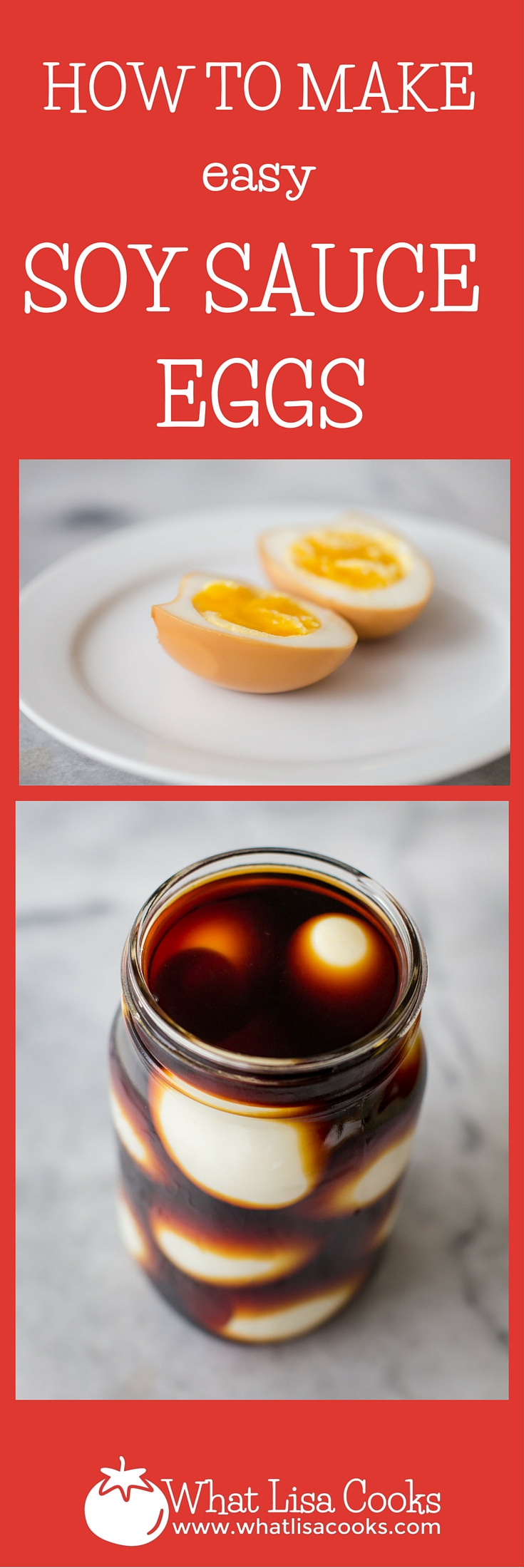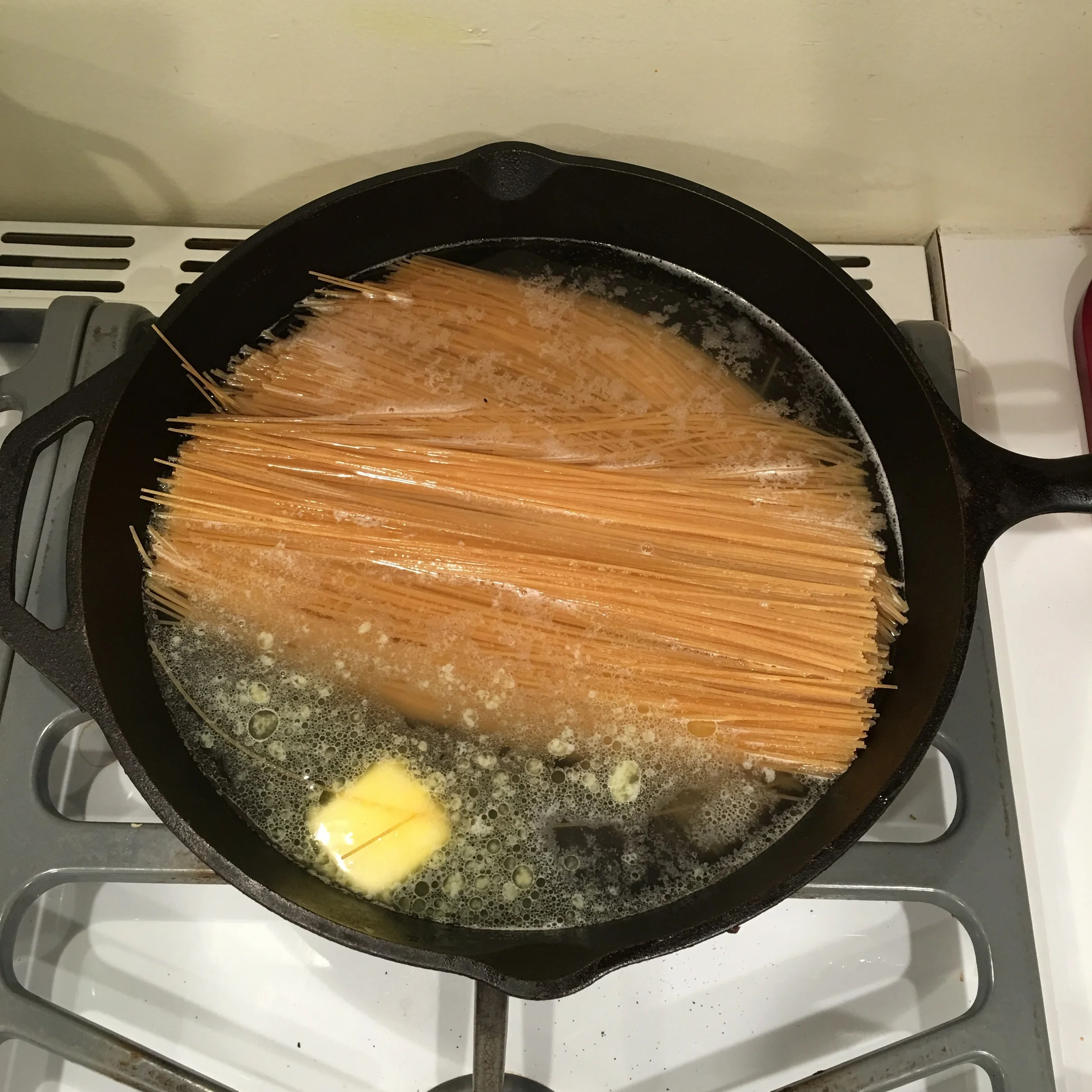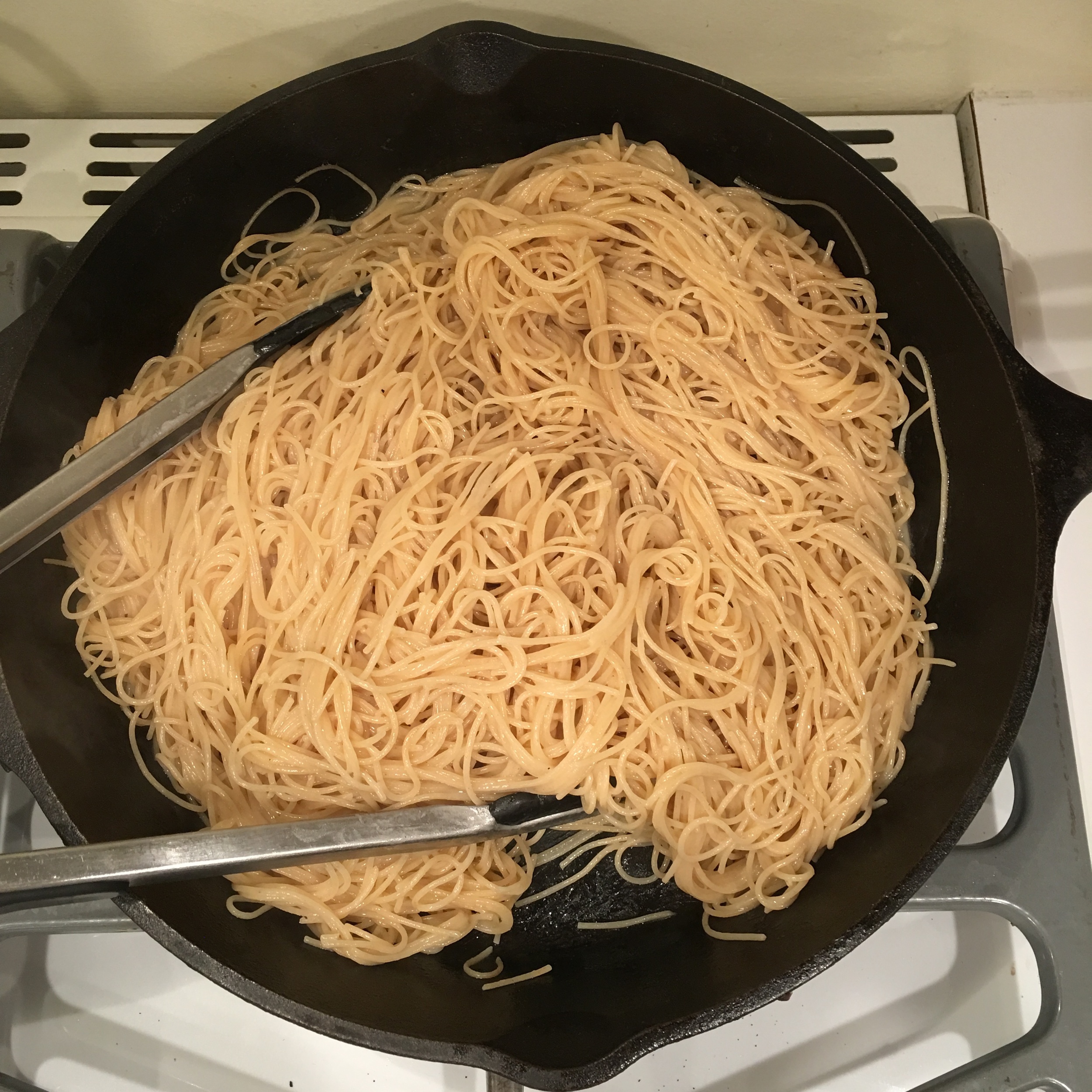Easy Wasabi Mayonnaise
/Do you ever get takeout sushi and wonder why the heck they give you SO MUCH wasabi?
Maybe it's just me, I don't know. I personally think a little wasabi in the sushi goes a long way - I like a little heat, but I also like to taste my sushi. So I always end up with extra wasabi.
But I may have mentioned before how I hate to waste food. Especially when it's the good stuff - like when we order sushi from a good place and they give you the real fresh grated wasabi.
So a friend turned me on to this tip and I've been doing it ever since: use the leftover wasabi to make wasabi mayonnaise. It's genius in its simplicity.
Just mix the wasabi into a jar of mayo - I think about a tablespoon of prepared wasabi to about a half a cup of mayo is about right for my taste. But this is really one that you can do however you like. If you like more kick, then you more wasabi. If you want it mild, then use more.
It's awesome on sandwiches, or for dipping veggies in. I love mayo on grilled or roasted veggies, and this is a great way to give it a little extra kick.
The other day I made myself a rice bowl for lunch, with brown rice, tofu, zucchini and some leftover asparagus. A good dollop of the wasabi mayo on top was the perfect to take it from ordinary leftovers to something really delicious.












